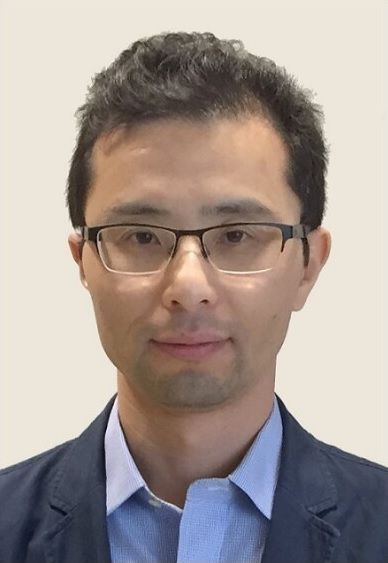A Machine Learning Framework for Automating Well Log Depth Matching
OR
About the Course
SPWLA members, view the course for free!
Depth matching well logs acquired from multiple logging passes in a single well has been a long-standing challenge for the industry. The existing approaches employed in commercial platforms are typically based on classical cross-correlation and covariance measures of two signals, followed by manual adjustments. These solutions do not satisfy the rising demand to minimize user intervention to proceed towards automated data interpretation. We aimed at developing a robust and fully automatic algorithm and workflow for depth matching gamma-ray logs, which are commonly used as a proxy to match the depth of other well logs measured in multiple logging passes within the same well. This was realized by a supervised machine learning approach through a fully connected neural network. The training dataset was obtained by manually labeling a limited set of field data. As it is unrealistic to expect a perfect model from the initial training with limited manually labeled data, we developed a continuously self-evolving depth matching framework. During the use of depth matching service, this framework allows taking the user input and feedback to further train and improve the depth matching engines. This is facilitated by an automatic quality-control module for that we developed a dedicated metric by combining a few different algorithms. We utilize this metric to assess the quality of the returned results from the depth matching engine. The users review the results and do manual adjustments if some intervals are not ideally depth-matched by the engine. Those manual adjustments are sent back to the database, and the framework re-trains the machine learning model based on the updated database. The newly trained model can be validated and compared against existing models using the developed metrics system. Enhanced models are committed into the model pool that is part of the service. As the users keep using the service, the depth matching framework is anticipated to automatically and continuously improve in performance which eventually leads to an optimal and fully automated depth matching workflow.
A key aspect of the developed framework is its generalization potential because it is agnostic of the signal type. It could be easily extended for other log types, especially when the correlation thereof is not obvious, provided that a sufficiently large volume of labeled data is available. This framework has been prototyped and tested on field data.
Your Instructor

Lin Liang is a Scientific Advisor in Schlumberger-Doll Research, Cambridge, Massachusetts, USA. He received a Ph.D. degree in environmental science from Peking University in 2002. His research interests include integrated interpretation and inversion of multiphysics, multiscale measurements with application to formation evaluation and reservoir characterization, involving a variety of data such as electromagnetic, seismic, formation test, production, density, sonic, dielectric, NMR, etc. Lin’s latest interest is to automate well-log interpretation and geological model building by leveraging machine learning techniques. He is a member of SPWLA, SEG, SPE.
